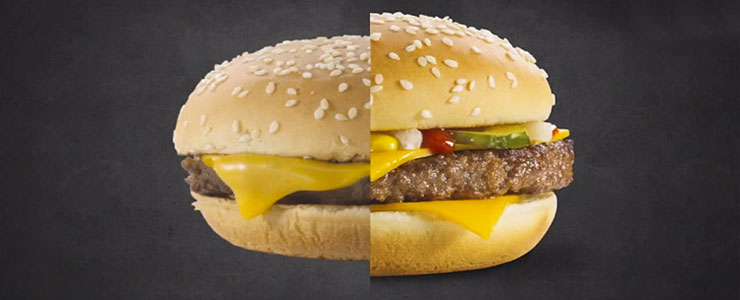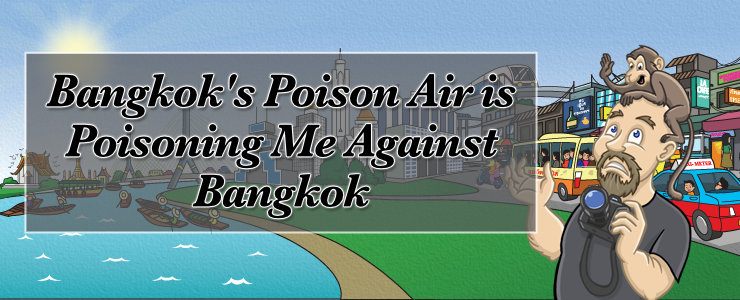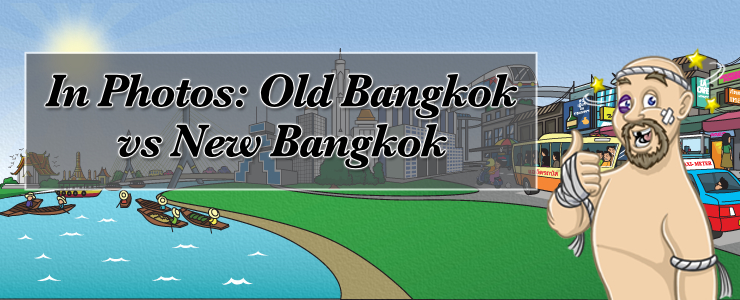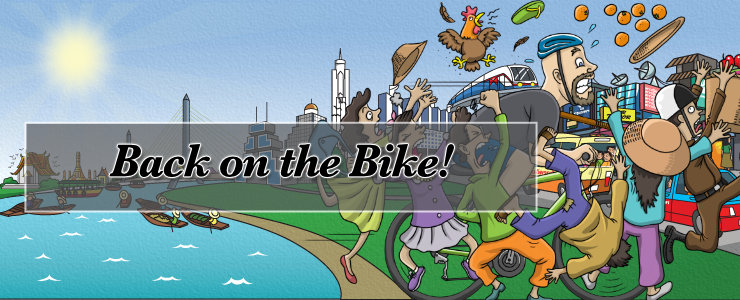I’ll be the first to admit that in the past, from time to time, I have bought counterfeit things. You know, in moments of extreme weakness. Taken a shortcut to save a few bucks. Usually it was for things that were pretty low profile – DVDs (back when people still bought those), shoes, sunglasses, and the like. But as I got older, I started to appreciate that, generally, you get what you pay for. When it’s a DVD it’s not a huge deal, but when you start to realize that the world of counterfeits extends to more serious things like medicine and airplane parts, you start to wonder what else out there is fake. Turns out, there’s a yoooooge market for fake food, and you may have even eaten some.
What got me thinking about this is a video a friend sent to my phone of fake lettuce being made. It’s pretty crazy and elicits a “WTF?” when you see it, but a bit of digging revealed that this (probably) isn’t for consumption – just display. Still, it’s not hard to imagine that someone could throw a few of these in among a pile of real lettuce to increase their profits.
And then a quick search on YouTube led me down into a dark abyss of all kinds of fake food being made, from plastic rice to fake eggs, to something called honey laundering, where honey is cut with syrup or even water to increase weight and volume. Reading this excellent article on how (surprise) China is flooding the market with fake honey got me thinking back to when I bought a bottle of “pure honey” from some roadside stall in the mountains around Doi Inthanon. When I ate it at home, it tasted weird and smelled a bit like gasoline, so I chucked it out.
After that experience, and watching these videos, it’s clear that you might be eating fake food and not even know it.
I guess when the chemicals are cheap enough and you have enough low-paid labor, anything is economically viable
For example, here’s someone making fake eggs. Eggs! Watching this you’d think that making eggs one at a time can’t possible be economically viable, but I guess when the chemicals are cheap enough and you have enough low-paid labor, anything is economically viable. Skip to about the 3:00 mark to see them whipping up a batch.
This is pretty alarming – fake rice. A mouth full of this stuff would probably be easy to detect, but if someone mixed real:fake rice at a ratio of 5:1, I doubt you’d notice.
This one is pretty alarming, and I can’t tell really obviously that this is a fake watermelon, but it does look kind of gross as they tear it up. I have to say though, anyone who can figure out how to make realistic looking fake watermelon is an evil genius.
This one isn’t really fake food – it’s dressing up low-quality food as expensive food with something called meat glue. I’ve heard that many restaurants in the west do this, so scamming customers isn’t something that China has a lock on. This isn’t so much a health hazard as it is just being over-charged for sub-standard food. That still ain’t fair, but it’s better than eating poison.
So if that isn’t enough to get you thinking about what you buy on a street corner, I don’t know what is. I think about this every time my wife and I pass a restaurant – usually a buffet, which are popular in Asia – and the price is really low. Suspiciously low. Too-good-to-be-true low. Like I said, you get what you pay for, and when it comes to food, I think it’s worth paying a few extra bucks to make sure you get the good stuff.
Or at least, the not-plastic stuff.





I had some fake fried eggs at a road side stall in a remote part of The Phillipines, the eggs were chewy like overcooked eggs but they didn’t break apart when chewed, very distressing to the stomach the little i swallowed.
That doesn’t sound good at all! Glad you didn’t go back for seconds. :-/